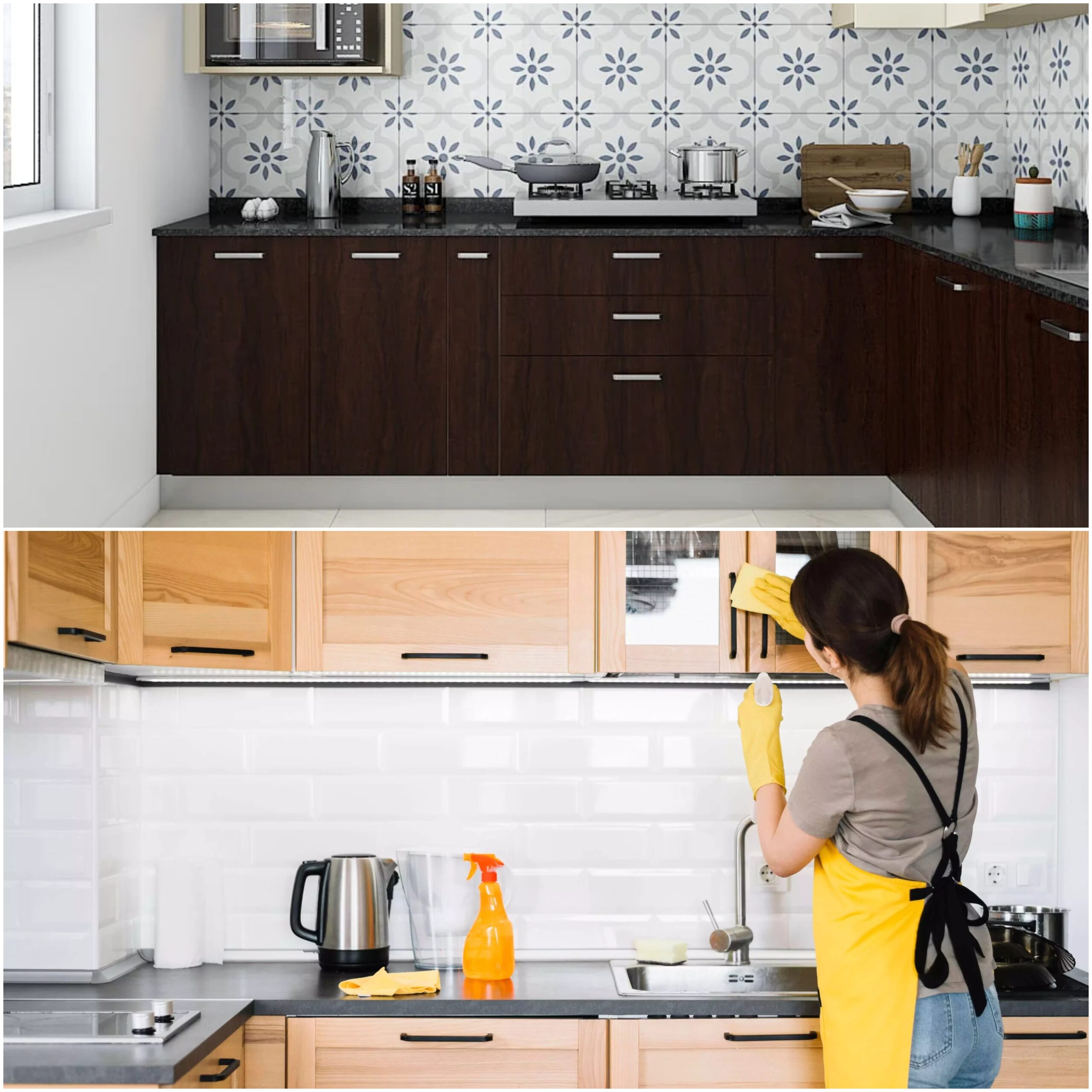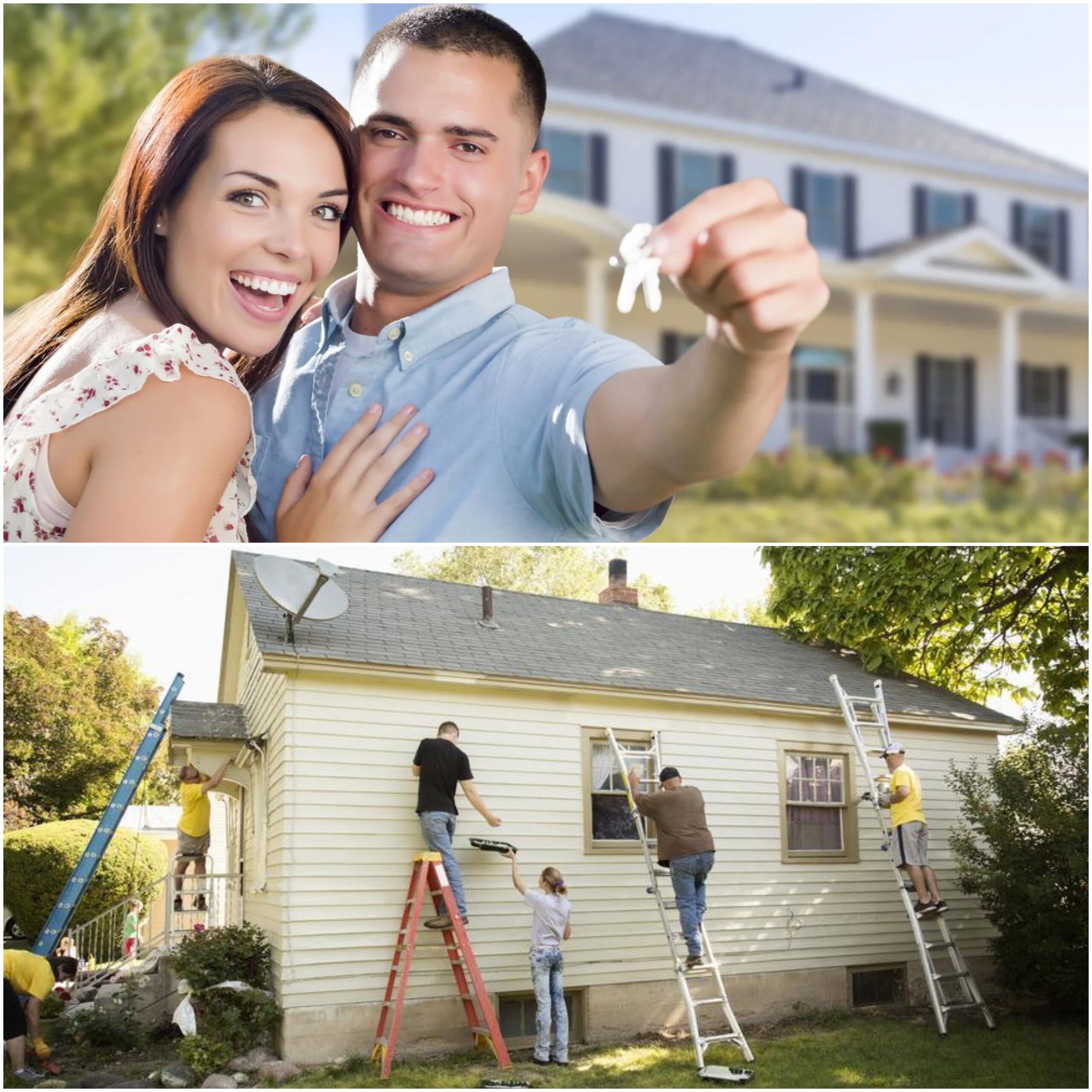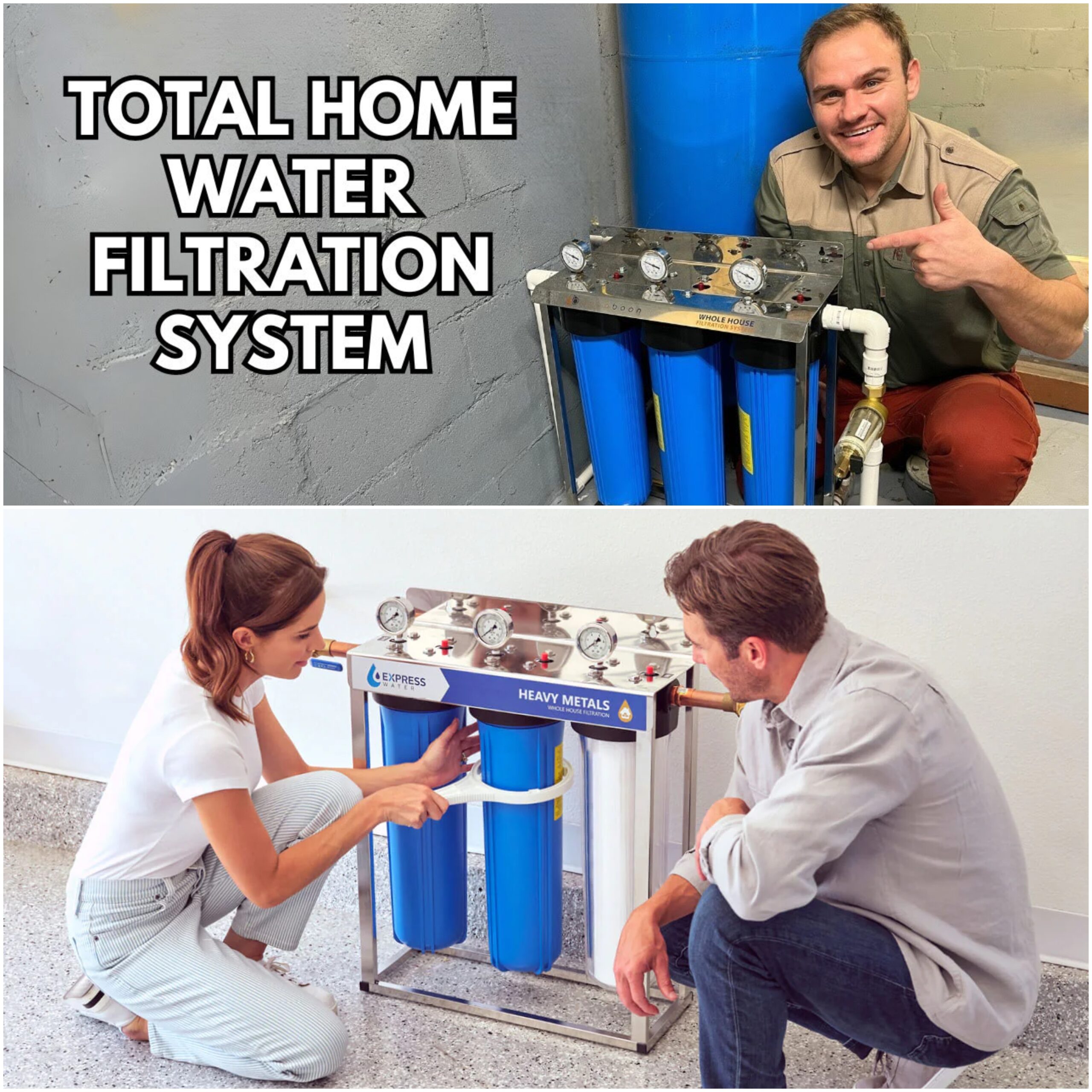One of the most important things you can do to keep your house strong and valuable is to take good care of its home roof.
In addition to keeping your family safe and shielding your house from the weather, a well-maintained roof can also increase the value of your house.
The weather in the United States varies a lot depending on where you reside. Some parts expose rooftops to intense storms, snowfall, or powerful gusts. In some, long exposure to intense heat and sunlight can be harmful.
Regular home roof maintenance has multiple benefits. You may prevent bigger, more costly repairs down the road by regularly inspecting your roof and taking care of minor issues as soon as they arise.
This prolongs the life of your roof and saves you money while maintaining the safety and stability of your house for many years to come.
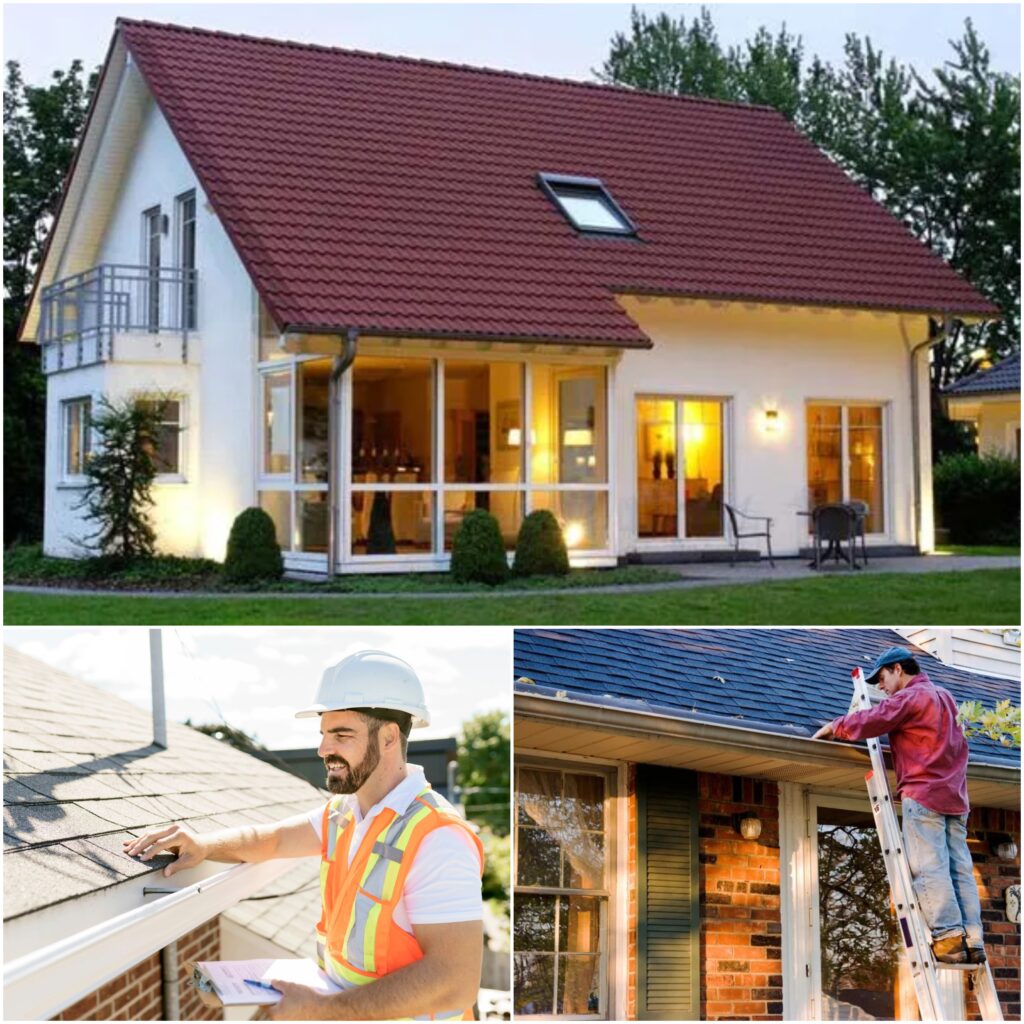
How to Keep Your Home Roof in Excellent Condition?
Regular Roof Inspections
1. How Often to Inspect?
It is necessary to inspect your home roof no less than twice a year to ensure that everything is in working order. The spring and fall are the ideal seasons to do this.
The weather during these seasons is perfect for examining any possible damage brought on by summer heat or winter snow.
You should always inspect home roof after any significant weather event, including strong storms, hail, or strong winds, in addition to your routine inspections.
These things can happen suddenly, and if you catch problems early on, you can avoid worse difficulties down the road.
2. What to Look For?
When conducting your examination, there are a few important things to look out for,
- Cracked or Missing Shingles
A cracked or missing shingle is an indication that your roof may require repairs.
- Leaks
Inspect your house for indications of leaks, particularly in the attic. Water stains on the walls or ceiling may indicate that water is seeping through your home roof.
- Mold or Algae
On your roof, keep an eye out for any dark patches or growths that might be algae or mold. If they are not cleaned up, these could cause harm.
- Debris Buildup
Branches, leaves, and other detritus may build up on home roof, particularly in the areas around gutters and valleys. Over time, this could trap moisture and lead to roof deterioration.
Read: How to Properly Maintain Your Home Septic Tank?
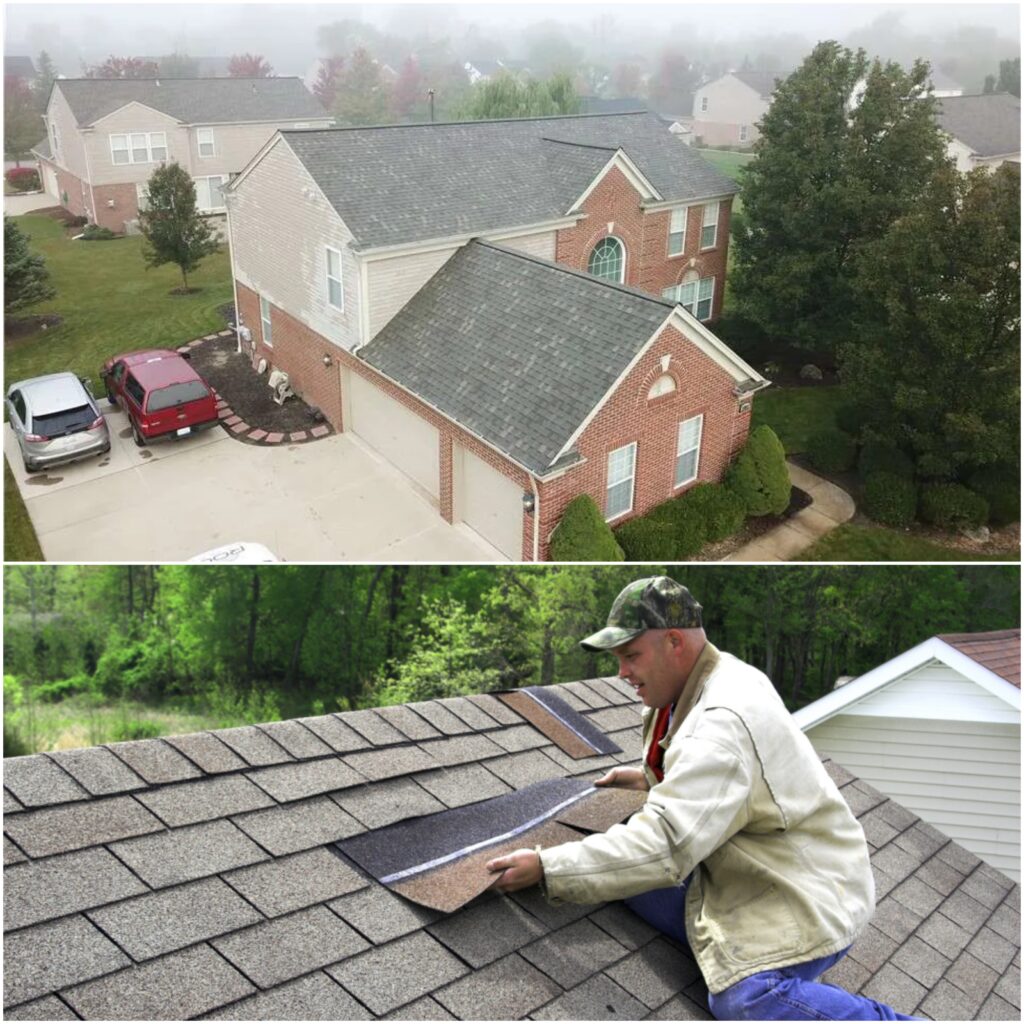
Clear Debris from Gutters and Roof
1. Impact of Clogged Gutters
Your roof and house may suffer greatly from clogged gutters. Water cannot flow through gutters that are overflowing with leaves, dirt, or other material.
Rainwater can therefore start to collect around your roof since it has nowhere else to go.
This may eventually cause leaks, water damage, and even structural decay on the roof. Clogged gutters in colder areas can also result in ice dams, which may damage your home roof and gutters.
2. Best Practices for Cleaning
Regular gutter cleaning is essential to maintaining the clarity of your roof and gutters.
Here are some pointers to ensure that you do it both securely and successfully.
- Safety Gear
Wear gloves at all times to shield your hands from trash and dangerous items. Make sure the ladder is stable and on a level surface if you are using one.
Having someone with you to stabilize the ladder is also a smart idea.
- Proper Tools
Gutter debris can be removed with a gutter scoop or small shovel.
To remove any last bits of dirt and make sure the water is flowing down the gutters correctly, you can also use a garden hose.
3. Preventing Clogs
Installing gutter guards is one technique to lessen the inconvenience of having to clean your gutters on a regular basis.
Large material, like leaves and twigs, are partially blocked by gutter guards, but water is still able to get through.
This can maintain your home roof and gutters in better condition by preventing obstructions and lowering the amount of maintenance required.
You can avoid serious roof problems and expensive repairs later on by routinely cleaning debris from your roof and making sure your gutters are functioning properly.
Trim Overhanging Trees
1. Risks of Overgrown Trees
Trees around your house might be beautiful and provide shade, but if they are not handled properly, they can also be dangerous for home roof.
During storms or windy days, overgrown branches hanging over the roof may break off and damage the shingles or gutters.
Leaves and twigs can pile up on the roof even in the absence of falling branches, creating a debris buildup that can trap moisture and result in rotting.
The fact that overhanging trees cast an excessive amount of shade is another issue. This makes your roof moist, which promotes the growth of moss, algae, and mildew.
This can weaken home roof over time and cause leaks or other expensive problems.
2. When and How to Trim?
- Timing
Since the tree is not actively developing during the dormant season (late winter or early spring), this is the ideal time to prune trees. This lessens the possibility of damaging the tree.
- Trimming Guidelines
Make sure to clip back branches so they are at least 6 to 10 feet away from your roof before you chop them. Cutting too close to the trunk can cause damage to the tree, therefore avoid doing so.
To allow the tree to recuperate correctly, instead, cut just past the branch collar the thick area where the branch meets the trunk.
Hiring a professional tree service is a fantastic choice if the branches are too big or high for you to securely reach.
By doing this, you can be confident that neither your tree nor your roof will sustain harm or injury and will continue to look fantastic.
Read: Plumbing Maintenance Tips to Avoid Costly Repairs in American Homes
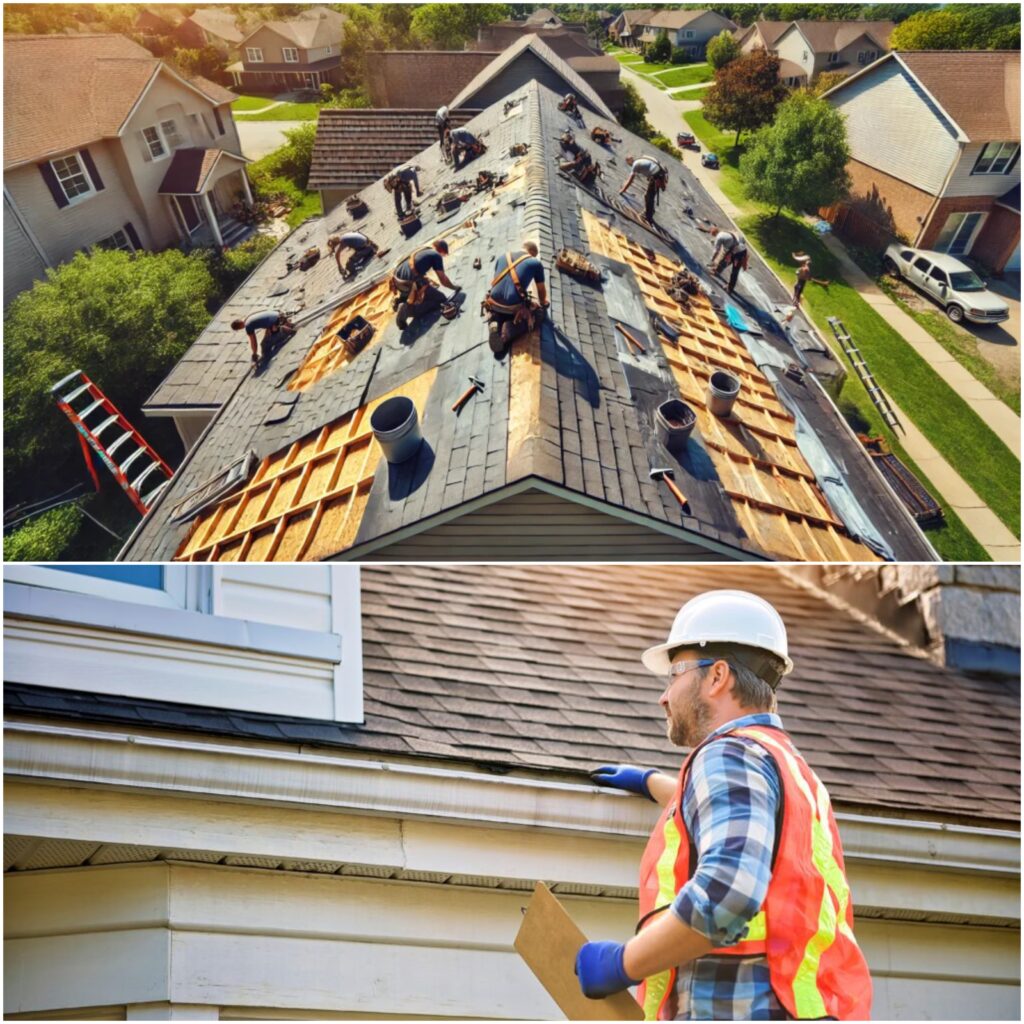
Address Roof Repairs Promptly
1. Common Roof Issues
- Shingle Replacement
Shingles can break, curl, or disappear, particularly in the wake of strong winds or storms. Your home roof is vulnerable to water damage if there are damaged shingles.
- Small Leaks
If a little leak is not fixed, it can cause larger problems. Mold and rot may result from water seeping into the attic.
- Damaged Flashing
The material used to enclose the space surrounding vents, skylights, and chimneys is called flashing. These vulnerable areas may allow water to enter through defective flashing.
2. DIY vs. Professional Help
- DIY Repairs
Should the problem be minor, like changing a few broken shingles, you may be able to do it yourself. Make sure you have the necessary tools, are wearing the right clothing, and stick to safety regulations.
- When to Call a Professional
Hiring a professional roofer is advised for larger issues such significant leaks, broken flashing, or if you are not sure how to resolve the situation.
Attempting to resolve a significant issue by yourself may result in further harm and ultimately increase your expenses.
3. Risks of Delaying Roof Repairs
Over time, neglecting roof repairs may cause significant harm. Water leaks have the potential to spread and harm the walls, ceilings, and attic structurally.
Additionally, moisture buildup can result in mold growth, which is expensive to remove and dangerous to your health.
By taking care of home roof issues as soon as they appear, you may reduce your risk and future costs linked to more extensive repairs.
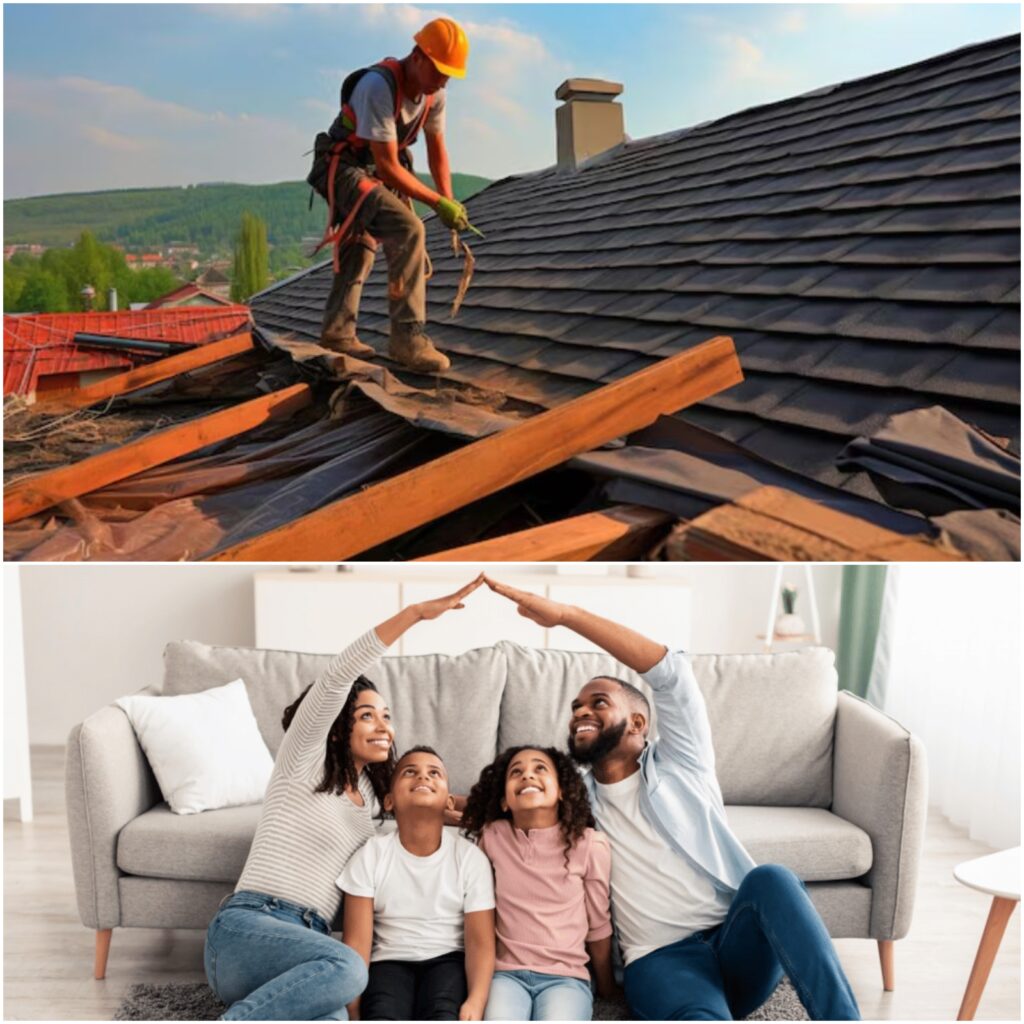
Make Sure Proper Roof Ventilation
1. Importance of Ventilation
Your home must have sufficient roof ventilation to stay dry, cool, and energy-efficient.
Maintaining enough ventilation in your attic enables clear air flow, thereby mitigating the accumulation of heat and moisture.
Without it, during the summer months, heated air can become trapped in the attic, adding stress to your roof and accelerating the aging of your shingles.
A lack of ventilation during the winter months can cause moisture to build up, which raises the possibility of ice dams, mold, and mildew.
You can prolong the life of your home roof and prevent expensive damage by keeping optimum ventilation.
2. Signs of Poor Ventilation
- High Energy Bills
Your air conditioning system will have to work harder to cool the house if your attic is too hot, which can increase your energy expenses.
- Mold or Mildew
Mold can grow in an attic with excessive moisture, which can spread to other parts of your house and be dangerous to your health.
- Uneven Indoor Temperatures
Your home may have uneven temperatures throughout, with some areas being hotter or colder than others, due to poor ventilation.
2. Improving Ventilation
It may be time to upgrade the ventilation on your roof if you observe any of these symptoms. Installing or modernizing roof vents is one method to achieve this.
Here are a few choices,
- Ridge Vents
By installing these along the peak of your roof, you may let hot air out of your attic.
- Soffit Vents
These are positioned beneath your roof’s eaves to increase ventilation in the attic by allowing cold air to enter.
Read: Water Damage Prevention and Maintenance Tips for USA Homes
Waterproof and Seal Your Roof
1. Why Waterproofing Matters?
Putting on a waterproof covering keeps moisture out of your house and helps stop leaks.
This additional layer of defense is essential to preventing mold, rot, and structural damage by keeping your home roof and the supporting structure dry.
Your roof will last longer with waterproofing and require fewer expensive repairs.
2. Methods for Waterproofing
- Roof Coatings
One of the simplest and most efficient ways to waterproof a roof is to apply a roof coating.
By forming a continuous barrier, these coatings prevent water from seeping through the surface.
Additionally, they can deflect sunlight, which will keep your roof cooler.
- Sealants
Cracks, gaps, and seams on roofs are sealed with roof sealants, particularly those that surround vents, chimneys, and skylights.
By sealing these weak spots, you can stop leaks before they begin.
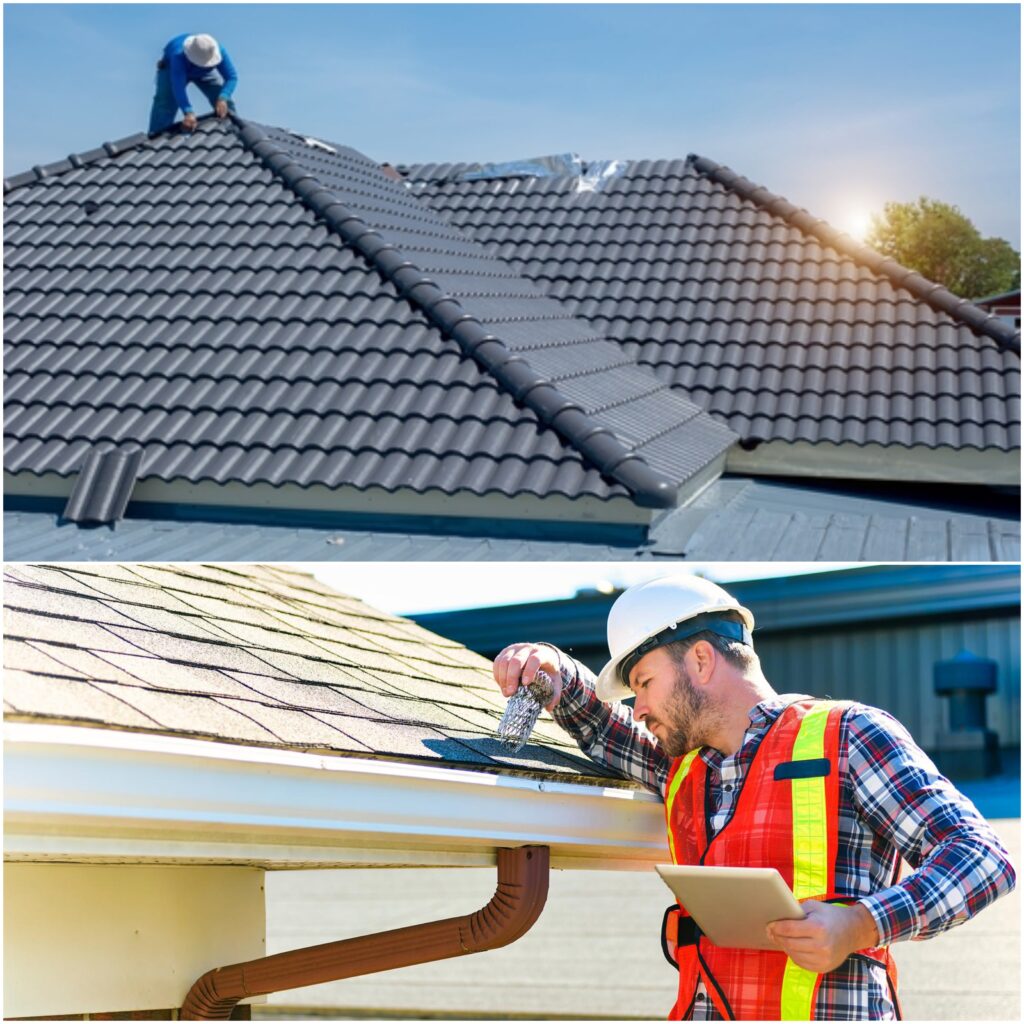
Finding Reputable Roofers
Get many quotations, look through internet reviews, and verify the roofer’s insurance and licensing status before hiring them.
You can request references and labor and material guarantees.
Search out seasoned contractors with a focus on your requirements, and make sure there is constant contact throughout the project.
Bottom Line
Remember that making an upfront investment in your home roof guarantees your home's safety and comfort in addition to saving you money down the road. Act now to safeguard both your house and your roof.








